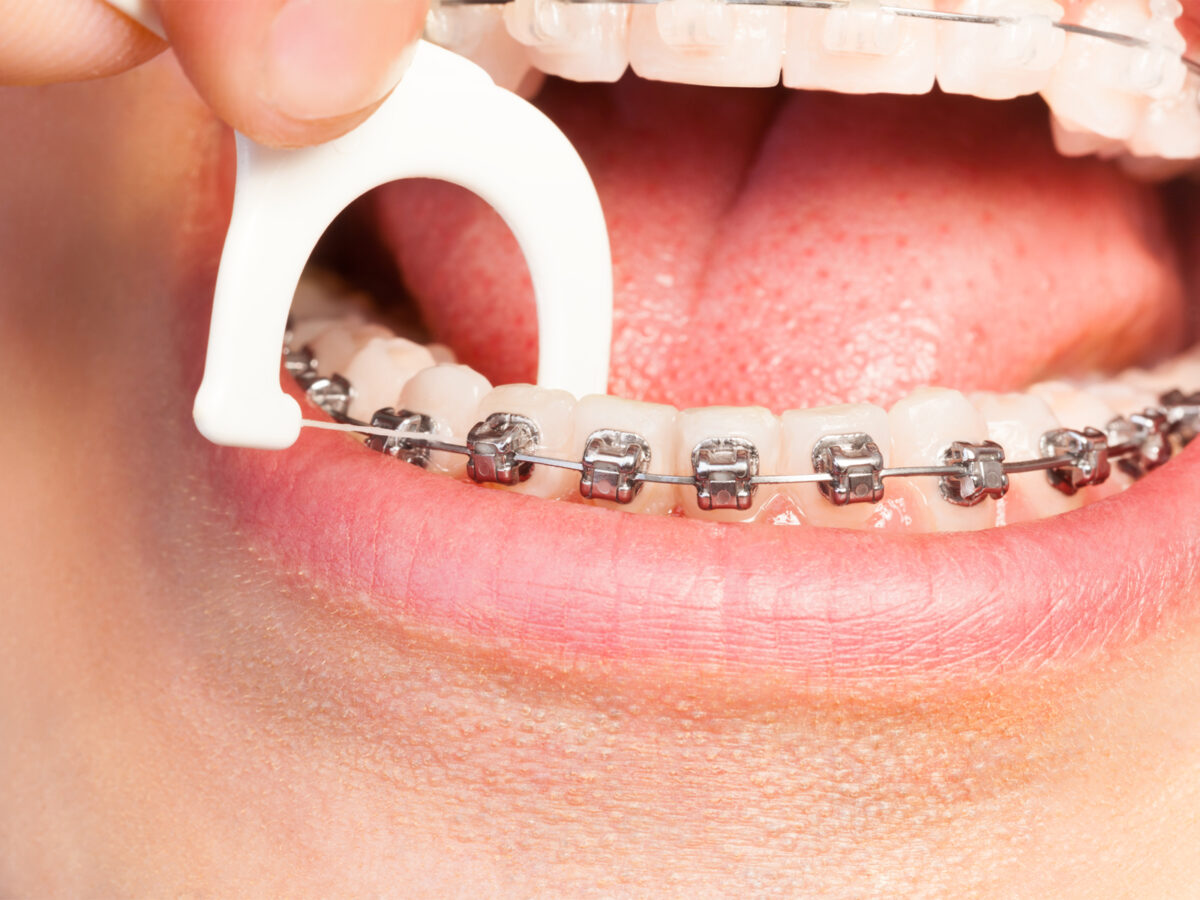Children can also develop cavities in their baby teeth. The decay of baby teeth, known as caries, can lead to various problems that will last even after the baby teeth are lost. Fortunately, it is preventable. Let’s learn about the prominent cause of tooth decay in babies.
Common Causes Of Rotten Baby Teeth
Several factors contribute to tooth decay, including bacteria. The condition may occur if foods containing carbohydrates (sugars and starches) remain on the teeth for a prolonged period of time. The list of such foods includes milk, soda, raisins, candy, cakes, fruit juices, cereals, and bread. Usually, bacteria in the mouth convert these foods into acids. A substance called plaque is formed by combining bacteria, food, acid, and saliva. During the course of time, the acids produced by bacteria eat away at the enamel of the teeth, resulting in cavities.
Putting a baby to bed with a bottle is another common cause of baby tooth decay. Additionally, it may occur when your child drinks anything other than water from a bottle or sippy cup. It is recommended that milk be served only with meals rather than during nap times, bedtime, or during the day.
Which Children Are At Risk For Tooth Decay?
It is common for children to have bacteria in their mouths. As a result, all children are susceptible to tooth decay. However, the following factors may increase your child’s risk of developing it:
- Bacteria that cause cavities are present in high concentrations
- Having a diet high in sugars and starches
- Limited or non-fluoride water supplies
- A lack of proper oral hygiene
- Slightly reduced saliva flow
What Are The Signs Of Tooth Decay In A Child?
There are several common ways in which teeth develop decay and cavities. However, decay may differ from child to child.
- It is common for white spots to develop on the teeth in affected areas. As a result of these spots, the enamel is beginning to deteriorate. They may result in early tooth sensitivity.
- There is an early sign of a cavity on the tooth. It is light brown in color.
- As a result, the cavity becomes more profound. Eventually, it turns a darker shade of brown to black.
There is a wide range of symptoms associated with tooth decay and cavities in children. However, it is not always the case that cavities cause symptoms. Occasionally, children are unaware that they have one until their dentist discovers it. However, your child may feel the following:
- The area around the tooth is painful.
- The tendency to be sensitive to certain foods, such as sweets and hot or cold beverages.
How Is Tooth Decay Treated In A Child?
There may be a variety of treatments available depending on your child’s symptoms, age, and general health. The severity of the condition will also influence the outcome. Most dental decay is treated by removing the decayed portion of the tooth and replacing it with a filling. The purpose of fillings is to repair damage caused by tooth decay by installing materials in the affected area. Alternatively, they may be referred to as restorations.
There are several types of fillings available:
Direct restorations: In these cases, a single visit is required to place the filling directly into the prepared hole. Depending on the type of filling, silver, fine glass powder, acrylic acids, or resin may be used. In most cases, they are tooth-colored.
Indirect restorations: There is a need for two or more visits. Treatments include inlays, inlays, veneers, crowns, and bridges. Various materials can be used to construct these devices, including gold, base metal alloys, ceramics, or composites. In many cases, these materials can resemble the enamel of natural teeth.
Hence, whenever you notice that your child has cavities and you are not sure why it is time to speak with a pediatric dentist so that he or she can help you to protect your child’s teeth.


